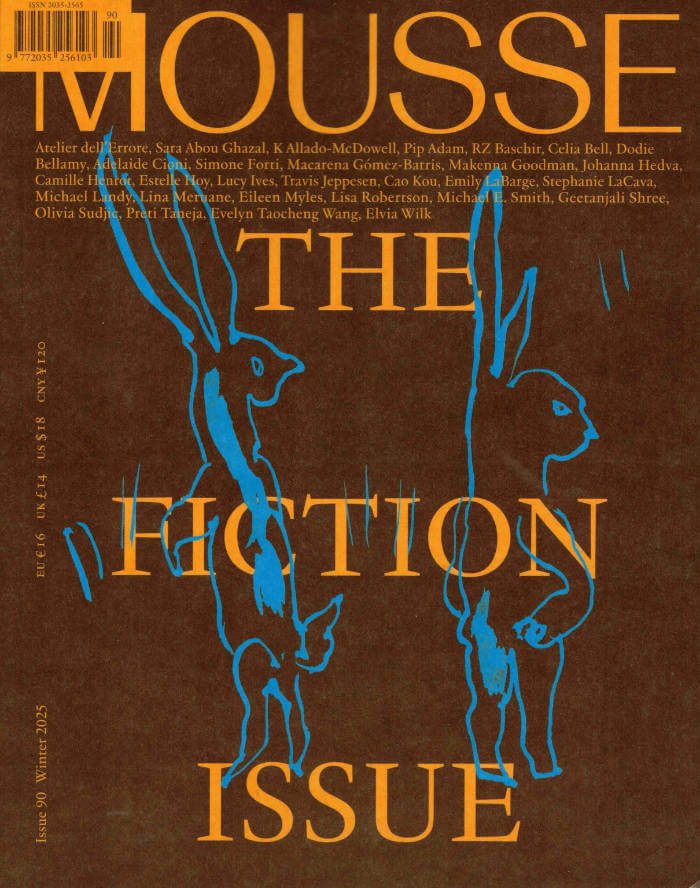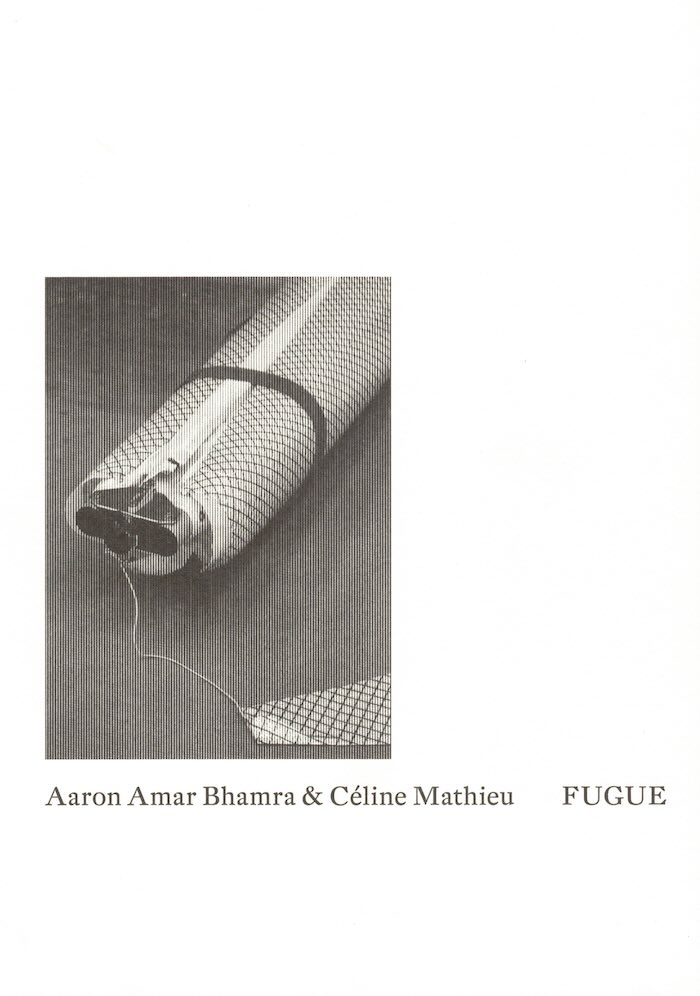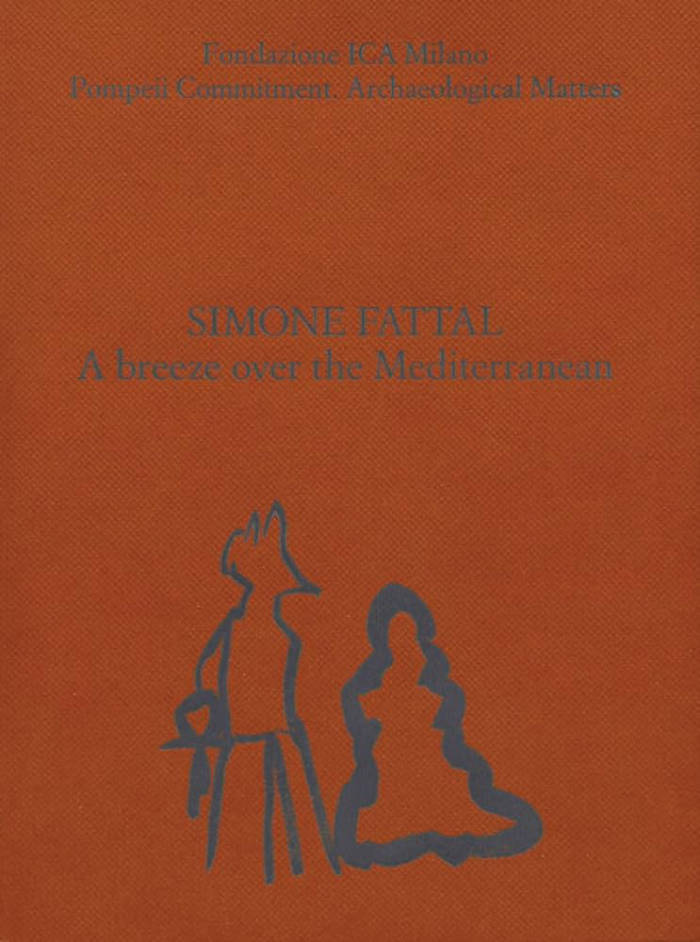
"If you slap the water, you hurt the heads of the fish"
The first comprehensive monograph devoted to artist Bea Schlingelhoff.
Conceived on the occasion of Bea Schlingelhoff's solo exhibition No River to Cross at Kunstverein München, this publication extends far beyond this to survey fifteen years of her artistic practice through imagery, ephemera, and various texts. Additionally, the publication brings together five newly commissioned pieces of writing, penned by Catherine Chevalier, Gloria Hasnay, Christina Irrgang, Helene Moll, and Sadie Plant, each focusing on a specific body of Schlingelhoff's work. Each book is one of a kind and bound in different endpapers from the private collection of the artist's father.
Edited by Gloria Hasnay.
Texts by Catherine Chevalier, Gloria Hasnay, Christina Irrgang, Helene Moll, Sadie Plant.







